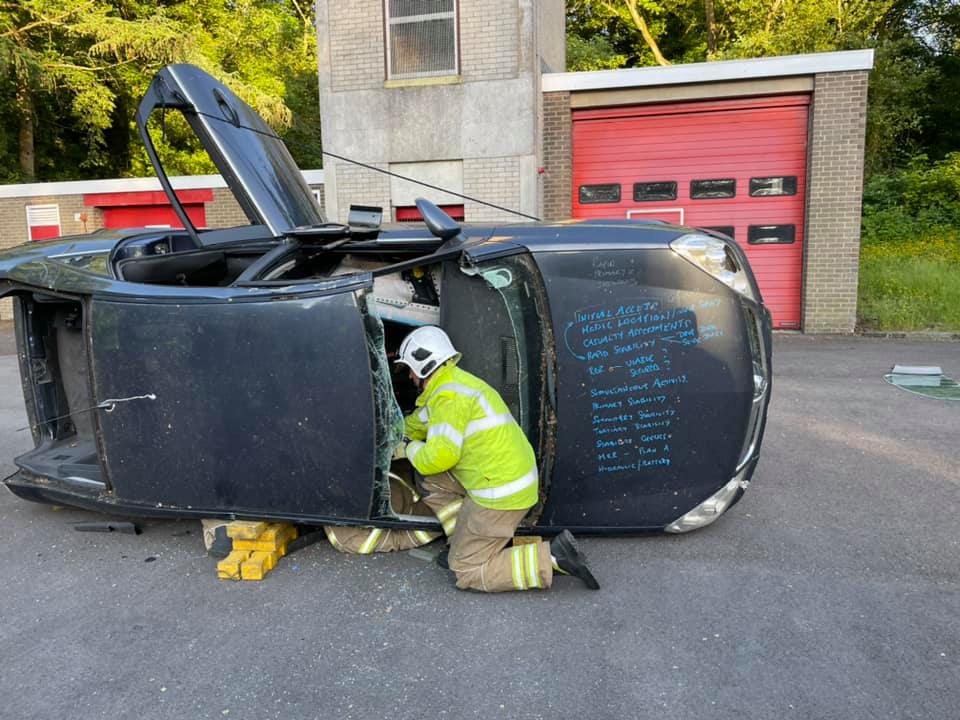
Glossop's on-call firefighters have been undertaking some trauma training, including a refresher on using defibrillators and casualty handling techniques.
They carried out the exercises during a session on Tuesday evening (15 June).
Glossop Fire Station said in a Facebook post: "Knowing CPR is a useful skill to have as the quicker the casualty starts to receive life saving treatment the higher the chance of survival."
It follows Denmark footballer Christian Eriksen's cardiac arrest on the pitch during his side's Euro 2020 match against Finland last Saturday.
The player received emergency medical treatment on the pitch before being taken to hospital – thankfully, the 29-year-old is currently stable and has sent a message to his team-mates.
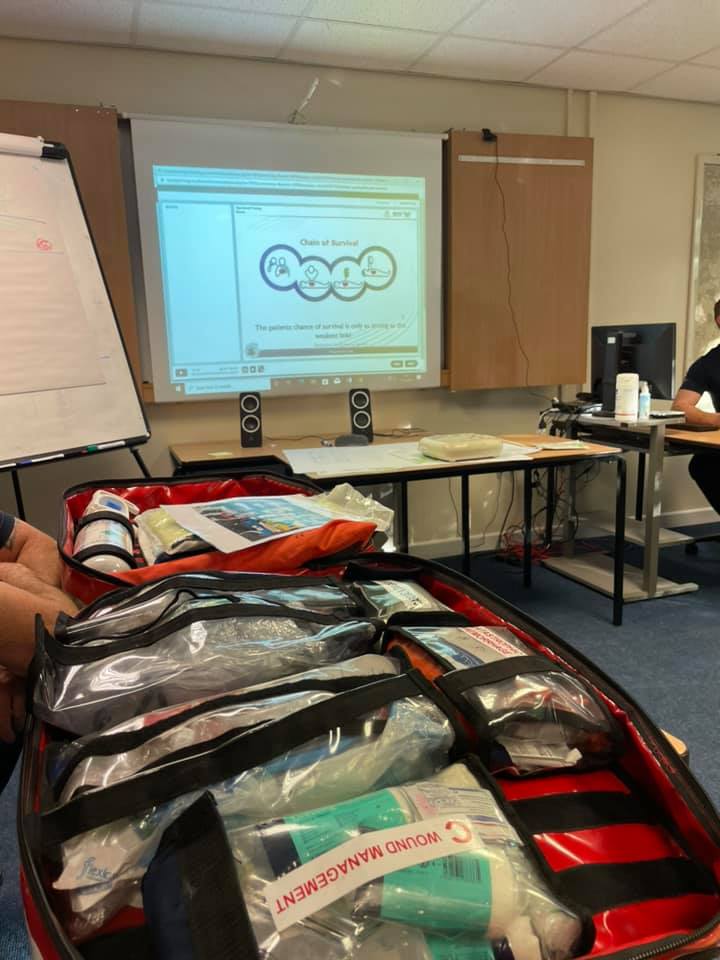
What is a cardiac arrest?
A cardiac arrest is an extreme medical emergency and happens when the heart stops beating in a normal way, preventing blood from pumping around the body. Knowing how to help could save a life.
Someone in cardiac arrest will die within minutes unless treated immediately with CPR. A person can perform CPR whilst waiting for the ambulance to arrive.
North West Ambulance Service (NWAS) has a helpful advice sheet available online, as well as an instructional video.
What to do if someone is in cardiac arrest
If you come across someone in cardiac arrest, the public are encouraged to think ‘DRS ABC’:
- Danger – keep calm and check the scene is safe to approach
- Response – shout “are you alright?” and shake the person’s shoulders
- Shout for help – send someone for help and call 999
- Airway – tilt the head back gently to open the airway
- Breathing – check for normal breathing by looking at the chest to see if it is rising and falling or listening for abnormal sounds such as infrequent and noisy gasps
- Compressions – if the patient is not breathing normally, start hands only CPR pushing hard and fast in the centre of the chest.
How to perform CPR
If you are taking part in an activity such as playing competitive sport, it is important to know where the nearest defibrillator is before taking part. You can find your nearest defibrillator here.
If there is a defibrillator nearby, send someone to get it. You do not need prior knowledge of how to use one as it will give clear instructions. It could save someone’s life.
If CPR is required, the instructions to follow are:
- Kneel at the side of the patient
- Put the heel of your hand in the centre of the chest with the other hand on top*
- Keep your arms straight and elbows locked
- Push down hard and fast – twice per second
- Let the chest come back up before you press down again
* Use one hand for a child and two fingers for a baby
Images: Glossop Fire Station
Read more from the Glossop Chronicle
Click here for more of the latest news
Click here to read the latest edition of the paper online
Click here to find out where you can pick up a copy of the paper
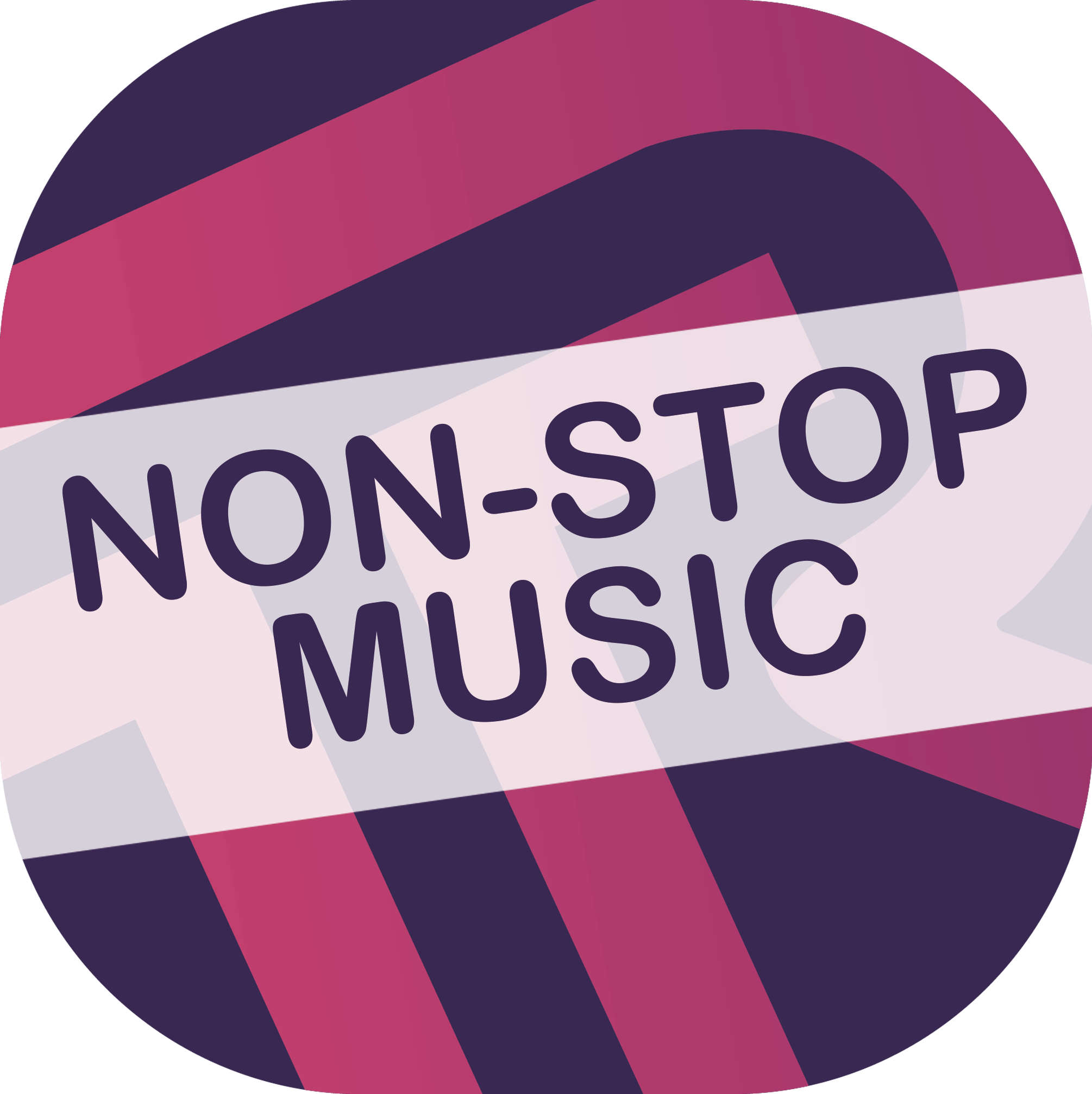

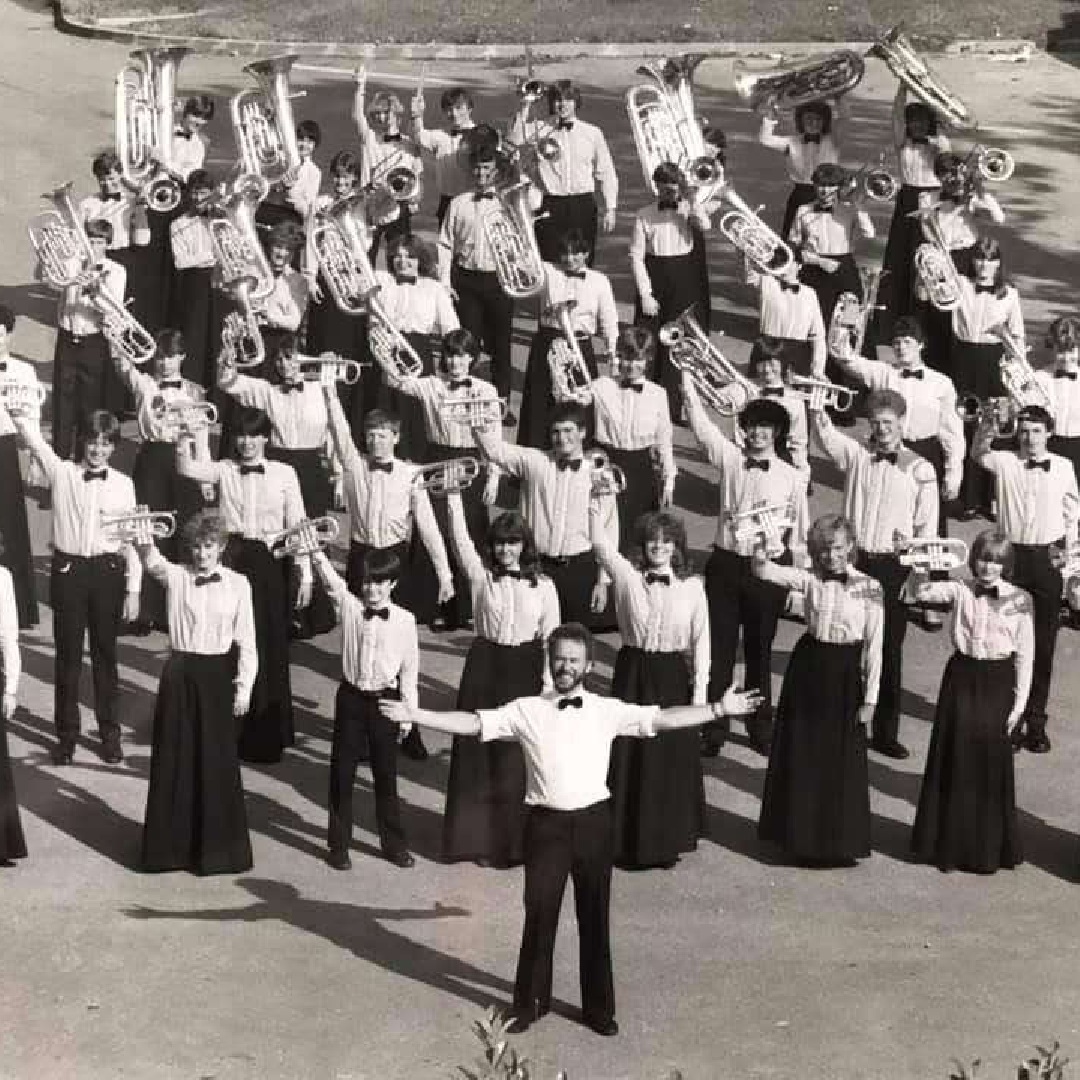 Award-winning band strikes up a fitting tribute
Award-winning band strikes up a fitting tribute
 Think! Fatal 4 Offences
Think! Fatal 4 Offences
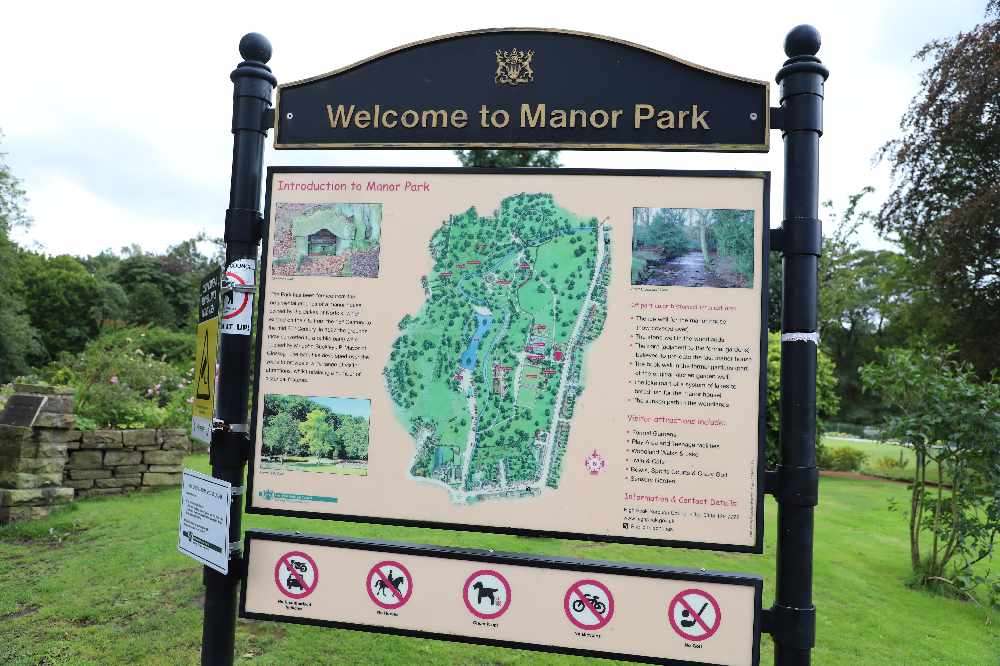 Free football to counteract anti-social behaviour
Free football to counteract anti-social behaviour
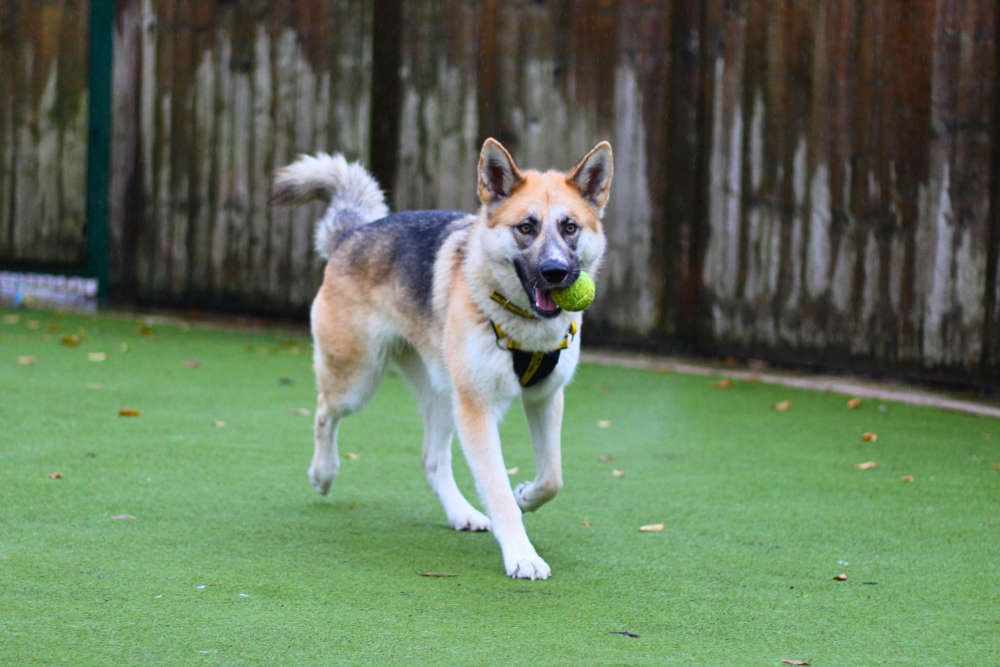 Don’t Be Puzzled by Dogs Wearing Muzzles
Don’t Be Puzzled by Dogs Wearing Muzzles

